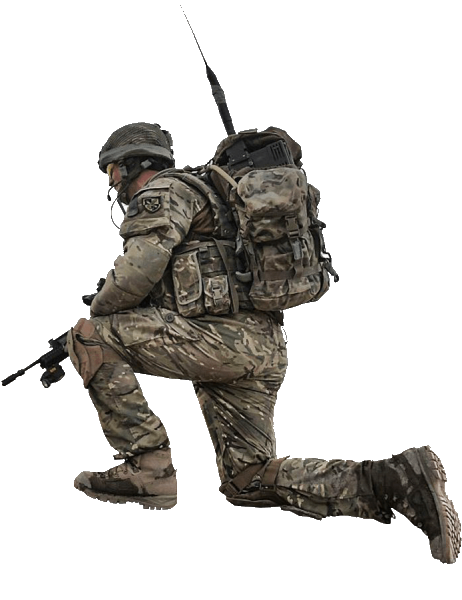Castro, on the other hand, was convinced that an invasion of Cuba was soon at hand, and on October 26, he sent a telegram to Khrushchev that appeared to call for a pre-emptive nuclear strike on the US in case of attack. In a 2010 interview, Castro expressed regret about his earlier stance on first use: “After I’ve seen what I’ve seen, and knowing what I know now, it wasn’t worth it at all.”[99] Castro also ordered all anti-aircraft weapons in Cuba to fire on any US aircraft:[100] the orders had been to fire only on groups of two or more. At 6:00 am EDT on October 27, the CIA delivered a memo reporting that three of the four missile sites at San Cristobal and the two sites at Sagua la Grande appeared to be fully operational. It also noted that the Cuban military continued to organise for action but was under order not to initiate action unless attacked.[citation needed]

Rakete
At 9:00 am EDT on October 27, Radio Moscow began broadcasting a message from Khrushchev. Contrary to the letter of the night before, the message offered a new trade: the missiles on Cuba would be removed in exchange for the removal of the Jupiter missiles from Italy and Turkey. At 10:00 am EDT, the executive committee met again to discuss the situation and came to the conclusion that the change in the message was because of internal debate between Khrushchev and other party officials in the Kremlin.[101]: 300 Kennedy realised that he would be in an “insupportable position if this becomes Khrushchev’s proposal” because the missiles in Turkey were not militarily useful and were being removed anyway and “It’s gonna – to any man at the United Nations or any other rational man, it will look like a very fair trade.” Bundy explained why Khrushchev’s public acquiescence could not be considered: “The current threat to peace is not in Turkey, it is in Cuba.”[102]
McNamara noted that another tanker, the Grozny, was about 600 miles (970 km) out and should be intercepted. He also noted that they had not made the Soviets aware of the blockade line and suggested relaying that information to them via U Thant at the United Nations.[103]
A Lockheed U-2F, the high altitude reconnaissance type shot down over Cuba, being refueled by a Boeing KC-135Q. The aircraft in 1962 was painted overall gray and carried USAF military markings and national insignia.
While the meeting progressed, at 11:03 am EDT a new message began to arrive from Khrushchev. The message stated, in part:
“You are disturbed over Cuba. You say that this disturbs you because it is ninety-nine miles by sea from the coast of the United States of America. But… you have placed destructive missile weapons, which you call offensive, in Italy and Turkey, literally next to us…. I therefore make this proposal: We are willing to remove from Cuba the means which you regard as offensive…. Your representatives will make a declaration to the effect that the United States… will remove its analogous means from Turkey… and after that, persons entrusted by the United Nations Security Council could inspect on the spot the fulfillment of the pledges made.”
The executive committee continued to meet through the day.
Throughout the crisis, Turkey had repeatedly stated that it would be upset if the Jupiter missiles were removed. Italy’s Prime Minister Amintore Fanfani, who was also Foreign Minister ad interim, offered to allow withdrawal of the missiles deployed in Apulia as a bargaining chip. He gave the message to one of his most trusted friends, Ettore Bernabei, the general manager of RAI-TV, to convey to Arthur M. Schlesinger Jr. Bernabei was in New York to attend an international conference on satellite TV broadcasting. Unknown to the Soviets, the US regarded the Jupiter missiles as obsolete and already supplanted by the Polaris nuclear ballistic submarine missiles.[10]
The engine of the Lockheed U-2 shot down over Cuba on display at Museum of the Revolution in Havana.
On the morning of October 27, a U-2F (the third CIA U-2A, modified for air-to-air refuelling) piloted by USAF Major Rudolf Anderson,[104] departed its forward operating location at McCoy AFB, Florida. At approximately 12:00 pm EDT, the aircraft was struck by an SA-2 surface-to-air missile launched from Cuba. The aircraft was shot down, and Anderson was killed. The stress in negotiations between the Soviets and the US intensified; it was only later believed that the decision to fire the missile was made locally by an undetermined Soviet commander, acting on his own authority. Later that day, at about 3:41 pm EDT, several US Navy RF-8A Crusader aircraft, on low-level photo-reconnaissance missions, were fired upon.

